Confession: While I CAN prove my claim of 3x memorability…
The impact increase is a bit more subjective and variable.
Done well enough, impact improvement could be more like 10X!
Or it might be only, like, 50% better.
It all depends on the skill of your ad writer.
If you’re OK with that, keep reading.
A Simple Test of Memorization
Give people a list of random words to read, take the list away, then ask how many words each person can recall.
On average they’ll recall three words.
Now, take that list of words, and remove one letter from each word, replacing it with an underscore, like this:
K_tchen
Using the new list, test new people with the same methods, and you’ll find that the average number of words recalled triples.
People will recall an average of nine “missing letter” words instead of three normal words.
This test has been run by psychologists multiple times and the results have always replicated.
Forcing mental involvement triples recall.
Applying This “Cheap Psychological Trick” to Your Advertising
So, you could apply this test in a straightforward manner, like so:
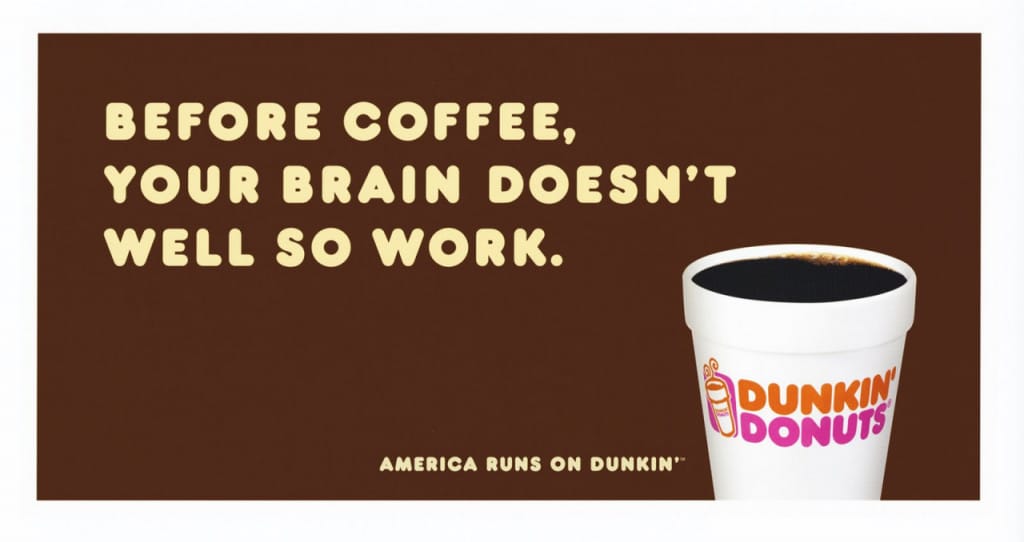
But if you expand your thinking on ways to force mental involvement, you can not only increase memory but impact.
This, in fact, is one of the many reasons that I love Theatre of the Mind when it comes to radio ads.
The combination of sound effects and dialogue forces your imagination to stage the drama, thereby transporting you into the story and increasing both recall and persuasion.
But getting a bit more general, what we’re really talking about here is called an enthymeme, as the author of the oldest known book on persuasion called it.
Aristotle thought that enthymemes were the chief and most powerful tool of the rhetorician because when you get the audience to connect the dots and make the conclusions, they then OWN those conclusions.
You’ll question other’s opinions. You’ll never question your own conclusions.
This is why Howard Luck Gossage always cautioned: “When baiting a trap with cheese, always leave room for the mouse.”
In other words, always leave room for the audience to engage with, and project themselves into, your ad.
Advertising Enthymemes
Want an advertising example?
Here’s a classic:
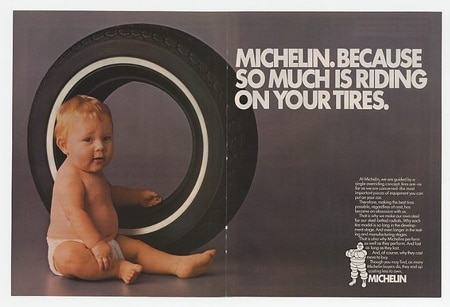
Note: there’s no logical connection between the image of the baby, the tire, and the headline.
There are only emotional associations.
Association provided by you, thereby making the ad all the more persuasively powerful.
The same is true of these two ads:
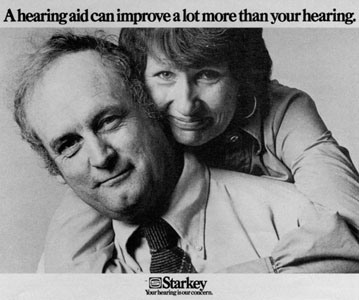
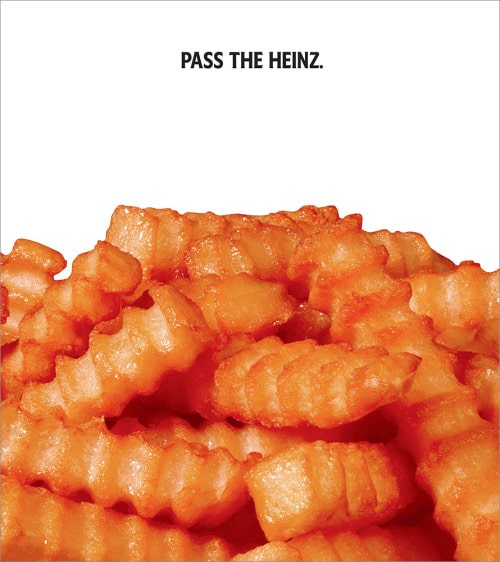
The ads don’t make sense without your involvement. You provide the connections, and therefore the emotional voltage.
And that not only improves recall, but impact.
Targeting Your Messaging Through Enthymemes
This enthymemic advertising technique requires trust in your audience.
You have to have faith in their intelligence to connect the dots, as well as their shared cultural connections.
For instance, people in cultures that put mayonnaise on fries, or that are unfamiliar with Heinz Ketchup, might look at the above ad as an enigma, rendering the ad more or less useless.
The good news is you can use this limitation to your advantage, when psychologically targeting sub-cultures of customers.
Adidas did exactly this with a series of ads targeting runners.
Ads that make instant sense to runners — signaling to them that Adidas was one of them. That they “get it.”
While for most anyone else, the ads are an inside joke they’re on the outside of. Brilliant.
Check it out:
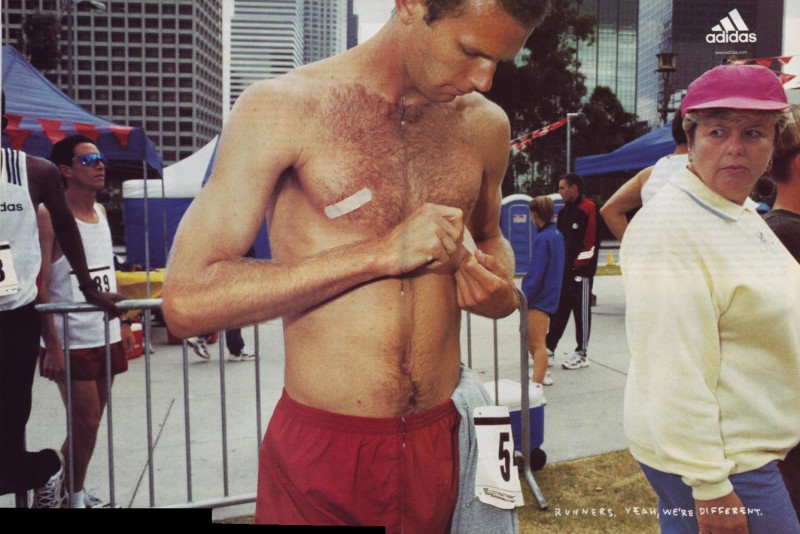


Are Your Ads Leaving Room for Customer Engagement? Are They Psychologically Targeting the Right Tribe?
So there you have it — exactly how your ads can be 3X more memorable AND hit with more impact.
If you’re working with the right advertising team, you’ll be pleasantly assured by how well your ads are already making use of these techniques.
And if you’re not, you’ll want to think about how to apply them to your own ads.
Or how to select a new ad team to do that for you.
Because a 3X advantage — let alone a 10X advantage — isn’t something to waste.
- Are You Paying for Too Much for the Wrong Keywords? - July 15, 2024
- Dominate Your Market Like Rolex — 4 Powerful Branding Lessons - July 3, 2024
- Military-Grade Persuasion for Your Branding - June 25, 2024
